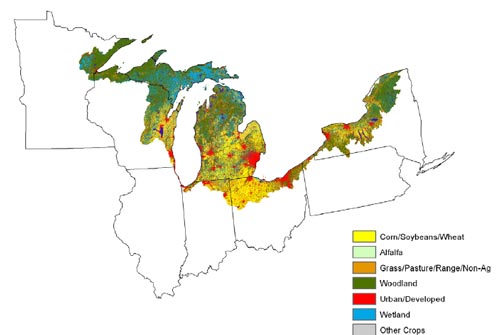Well, when roughly half a million people in and around Ohio’s fourth largest city can’t shower, wash clothes and dishes or drink their tap water for two days, the politicians start to pay attention to the annual environmental catastrophe known as the Lake Erie algal bloom.
If you’ve followed the Ohio Farmers Union’s take on water quality and agriculture’s role, you’ll know that OFU acknowledges the science that places agriculture at the top of the list of contributors of nutrients into Lake Erie and other surface waters and we are committed to having agriculture be a major part of the solution.
In reviewing the State’s response to our water quality problems, we believe there is one segment of nutrient management that has been ignored by the decision-makers in Columbus. That’s the use of manure from large animal feeding operations. Ohio is home to many thousands of these industrial scale livestock facilities. Only the 200 largest of which are managed under oversight of the Ohio Department of Agriculture (ODA). Manure from confined animal feeding operations supplies a significant proportion of the nutrients that Ohio farmers use to boost crop production.


